[Translate to English:] Text
In 1925 Mondrian’s first solo exhibition in Germany took place in the Dresden gallery Kunstausstellung Kühl und Kühn, and for a short time there was a cabinet exhibition of abstract and constructivist art at the educational institute in the Festspielhaus in Hellerau. In 1926 the Galerie Ernst Arnold organised a major anniversary exhibition marking Kandinsky’s 60th birthday. The Bauhaus master Hinnerk Scheper designed the rooms of the Galerie Neue Kunst Fides, which not only offered works by artists such as Feininger, Klee, Moholy-Nagy and Schlemmer but also sold modern tubular steel furniture. The general public rubbed their eyes and local art critics were outraged, but the bourgeois establishment, who were open to new forms of expression, visited the exhibitions.
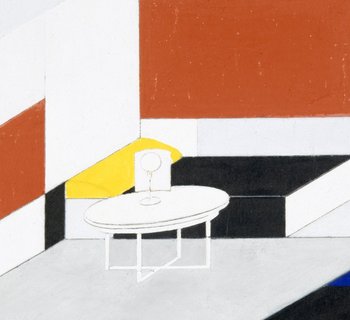
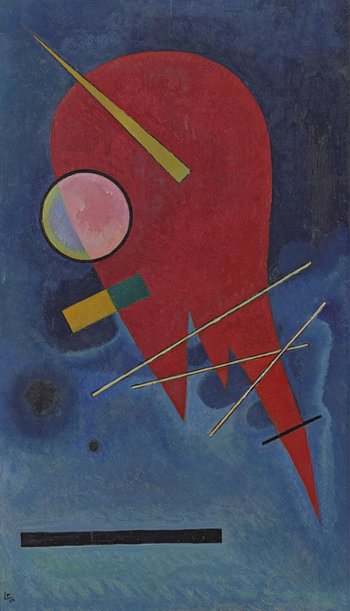
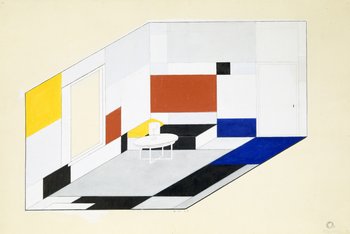
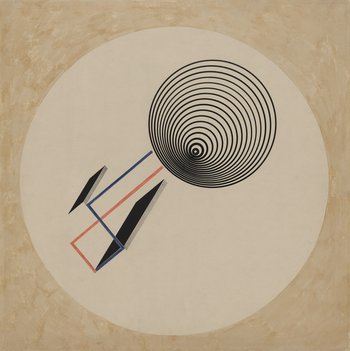
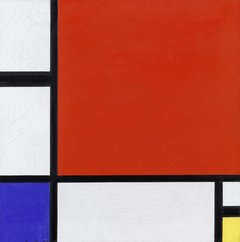


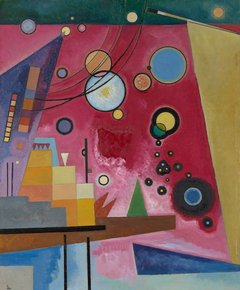
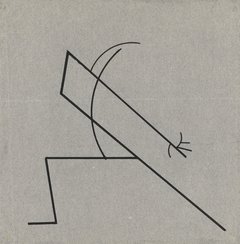
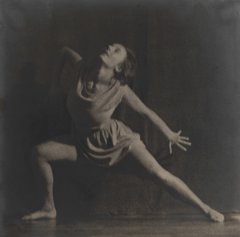
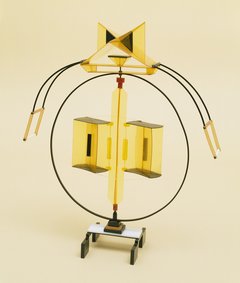
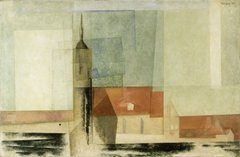

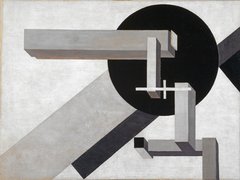
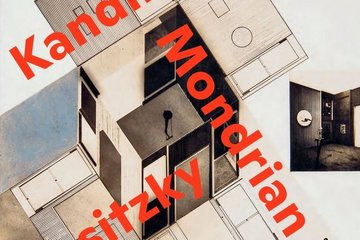
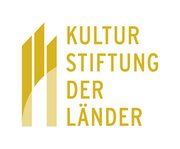

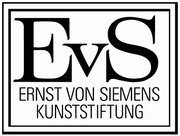


![[Translate to English:] Kunstgewerbemuseum gelber Kasten mit vier Füßen](/fileadmin/_processed_/2/5/csm_kg-dauerausstellung-ausstellungsteaser-portal_9f9692154c.jpg)

